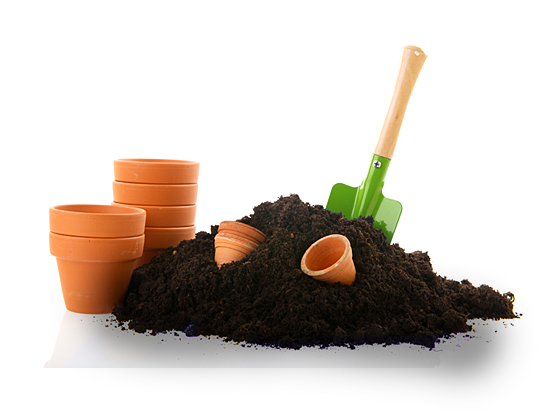
-
Did you know...?
One large tree can absorb up to 22 kg of carbon dioxide per year and release oxygen.
-
Did you know...?
Plants placed around buildings can reduce air temperature by up to 5°C through shade and evapotranspiration.
-
Did you know...?
The world’s oldest known tree is over 4,800 years old, a bristlecone pine in California.
-
Did you know...?
Some plants, like lavender and rosemary, naturally repel insects.
-
Did you know...?
Vertical gardens can improve air quality indoors and reduce noise pollution.
-
Did you know...?
Drip irrigation uses 30–50% less water than traditional sprinklers.
-
Did you know...?
Overwatering is the most common cause of plant death in landscapes.
-
Did you know...?
Smart irrigation controllers can adjust watering based on weather conditions.
-
Did you know...?
Mulching around plants reduces water evaporation by up to 70%.
-
Did you know...?
A healthy lawn can absorb rainfall six times more effectively than a wheat field, reducing runoff.
-
Did you know...?
Strategic landscaping can cut home energy bills by up to 25% by providing natural cooling and wind protection.
-
Did you know...?
Green spaces increase property value by 10–20%.
-
Did you know...?
Landscaping reduces stress and improves overall mental well-being.
-
Did you know...?
Grass lawns can trap dust and dirt, improving local air quality.
-
Did you know...?
Sustainable landscapes use native plants that require less water and maintenance.
-
Did you know...?
Sunflowers can absorb toxins like lead and arsenic from soil—a process called phytoremediation.
-
Did you know...?
Compost improves soil structure, helping it hold both water and nutrients better.
-
Did you know...?
Certain flowers bloom only at night, like the moonflower and evening primrose.
-
Did you know...?
Earthworms in the soil can increase crop yields by up to 25% through natural aeration.
-
Did you know...?
Adding iron chelates to soil helps prevent yellowing leaves in many ornamental plants.
-
Did you know...?
Qurdi shrub (Ochradenus baccatus) helps treat wounds and stomach discomfort.
-
Did you know...?
Cornulaca aucheri, a spiny desert plant, is still used as camel fodder.
-
Did you know...?
Polycarpaea repens was used to help camels and counter snakebites.
-
Did you know...?
Artemisia inculta served as a natural antiseptic and remedy.
-
Did you know...?
Marak produces edible fruits and traditional medicinal infusions.
-
Did you know...?
Arabian Primrose was used as a cosmetic dye and fever cure.
-
Did you know...?
Qatar’s coasts host native seagrass vital to marine life.